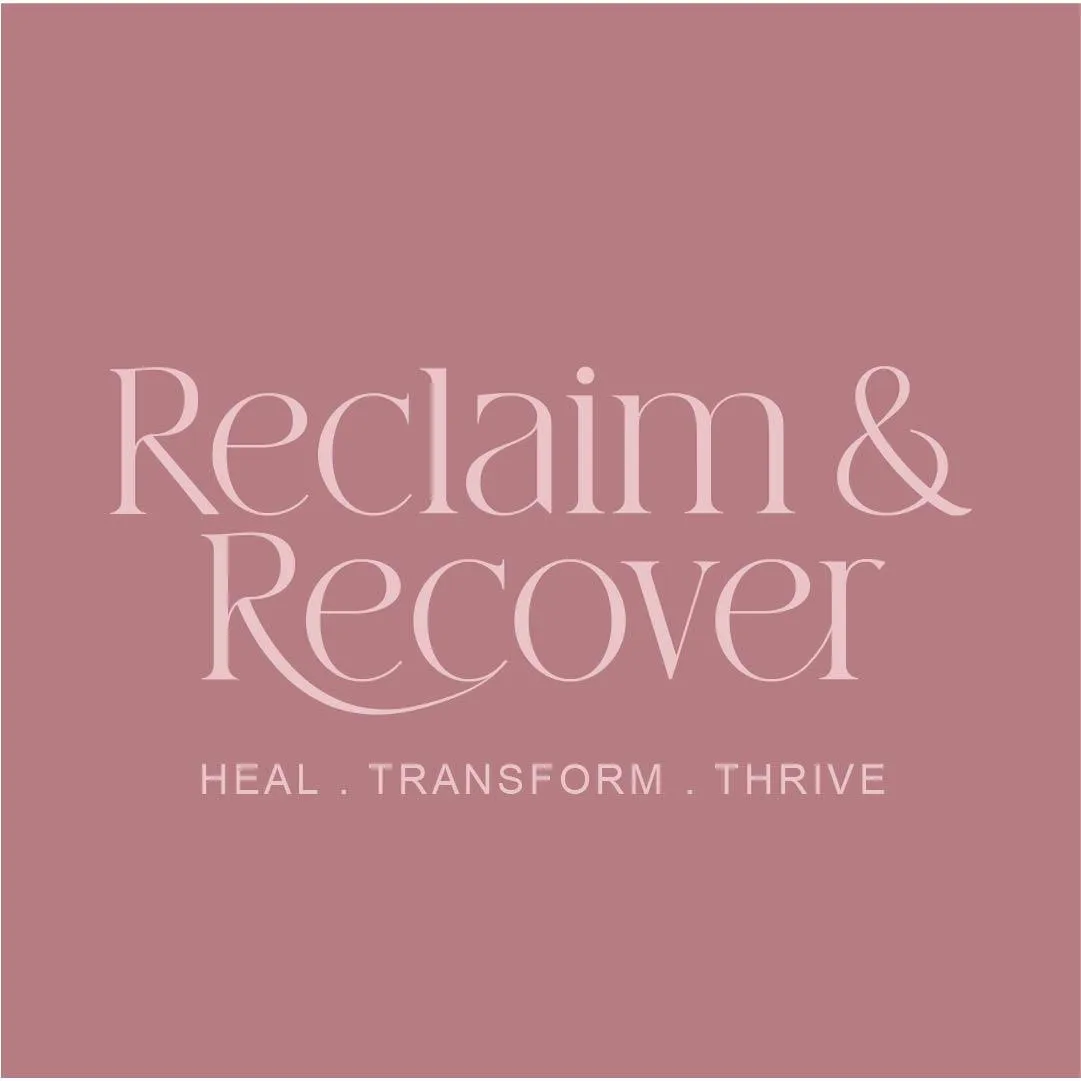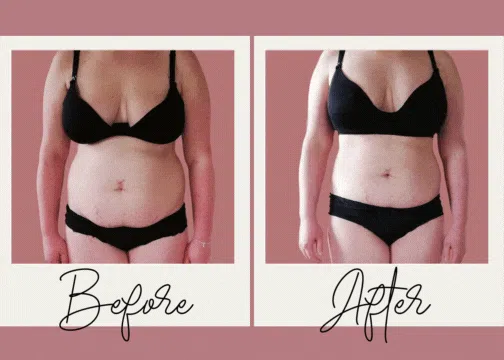
Reclaim & Recover Blog

Did you know there can be many reasons for a c-section overhang?
Did you know there can be many reasons for a c-section overhang?
Did you know that there are multiple reasons for that C-section overhang? The good news is that you don’t have to accept the overhang as your new normal and there are many ways to change the appearance.
Let’s have a look at those reasons for the overhang and explore what we can do to look and feel our best
1. The most common reason is a tight and stuck C-section scar. The brilliant news is that by incorporating scar massage into your recovery it will help with any levels of discomfort you may feel, reconnect you to your core muscles so you can strengthen them as well as improve the overall appearance of the scar.
2. It is perfectly normal to gain weight during pregnancy (we are growing a whole new human being after all!). As the uterus grows and expands it puts increased pressure on the abdominal wall which can cause the skin to weaken and stretch. Watching what we eat, and drink can have a massive effect on how our stomach looks and can help reduce any overhang.
3. Some women experience Diastasis Recti during, or immediately after pregnancy. This is where the muscles that run vertically to our belly button stretch and separate. The result is our abdominal muscles lose their ability to support the abdominal wall, causing a saggy and rounder stomach.
For some women, Diastasis Recti heals quickly by the time our babies are 8 weeks old, and for others, it will involve gentle pelvic floor and deep stomach muscle exercises to help reduce the size of the gap between the stomach muscles. It is also important to pay attention to your posture.
4. As just mentioned, our posture plays a vital role in developing and healing the C-section overhang. When we think about poor posture, we might talk about slouching or hunching our backs. But did you know that poor posture also involves the alignment of your pelvis, hips and stomach? After a C-section your abdomen muscles need time to heal and regain their strength. However, if you consistently maintain a slouched or misaligned posture, it can hinder your progress and even exaggerate the appearance of the overhang.
The great news with posture is that it is entirely within our control and can make a huge difference to the C-section recovery. You can incorporate gentle exercises into your daily routine that will greatly improve your posture. Exercises such as shoulder rolls and back stretches whilst maintaining a neutral spine, can make a huge difference. I know how tempting it can be to collapse on the sofa after a busy day but try to always pay attention to your posture. These small steps can make a massive difference to your overhang.
5. Did you know that weak abdominal muscles can contribute to the persistence of our post-C-section shape? After undergoing a C-section, it’s very common for the abdominal muscles to weaken due to the surgical incision and the healing process. With weakened muscles, they may struggle to provide adequate support to the abdominal area, leading to a protruding stomach.
6. Age and genetics play a role too. As we age, our skin loses elasticity and becomes less able to bounce back after stretching. Some of us are predisposed to a belly overhang, which means our skin and muscles may find it harder to cope with the additional stress placed on them during pregnancy.
Embracing a healthy diet and gentle pilates based exercises that support our core muscles can have an amazing impact on how we recover postpartum and even years down the line.
7. Hormones play a significant role during pregnancy and postpartum. Hormones such as progesterone and relaxin cause the connective tissues in the body to loosen, which can affect the abdominal muscles and fascia, leading to a bulging tummy. Additionally, fluctuations in hormone levels can also influence weight retention and distribution after childbirth.
The good news is that a nourishing diet postpartum can positively counteract the hormonal changes we face during pregnancy. Try and incorporate a diet that consists of complex carbohydrates, fibre and regular meals throughout the day. Watch your consumption of refined sugars and processed foods, as these can lead to hormonal fluctuations and hinder the healing process. Engaging in regular and gentle exercise can positively impact hormonal balance and aid in your C-section recovery.
8. Fluid retention can contribute to the persistence of that postpartum belly bulge. Fluid retention (also known as edema) is a common concern during pregnancy and post-birth. It results from hormonal changes, increased blood volume and reduced circulation.
To reduce the effect water retention has on your C-section overhang, stay well hydrated, which may sound counterproductive but staying well hydrated helps your amazing body to flush out excess fluids.
Taking part in gentle, low-impact exercises such as walking, swimming or pilates helps promote blood circulation and helps your body get rid of excess fluids. You can also explore wearing compression socks as these aid circulation in your body helping to reduce fluid buildup. You can also elevate your legs whenever possible as this can encourage to movement of fluid and reduces swelling in the abdominal area.
With all these reasons, it is not surprising if you find yourself with a C-section overhang that can persist for years after, but there are multiple ways to improve its appearance and it is never too late to make changes.

